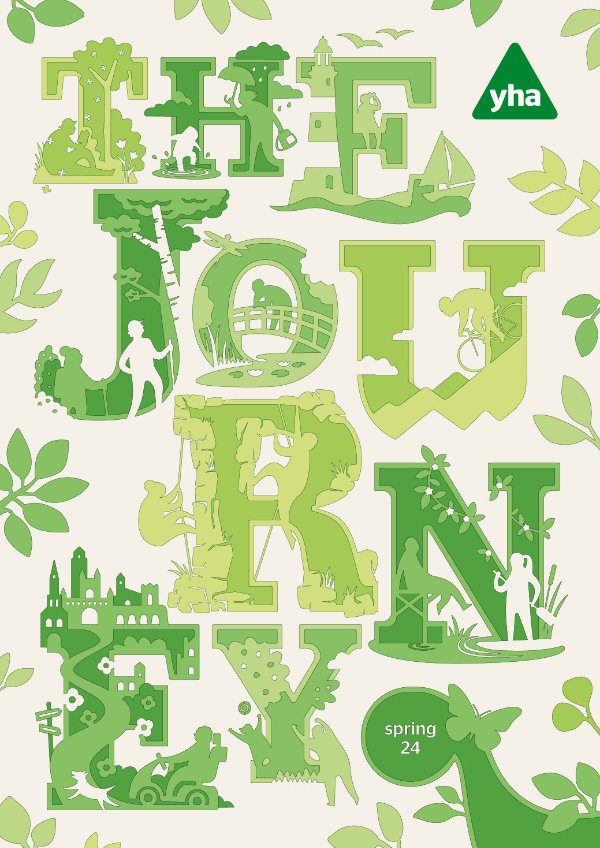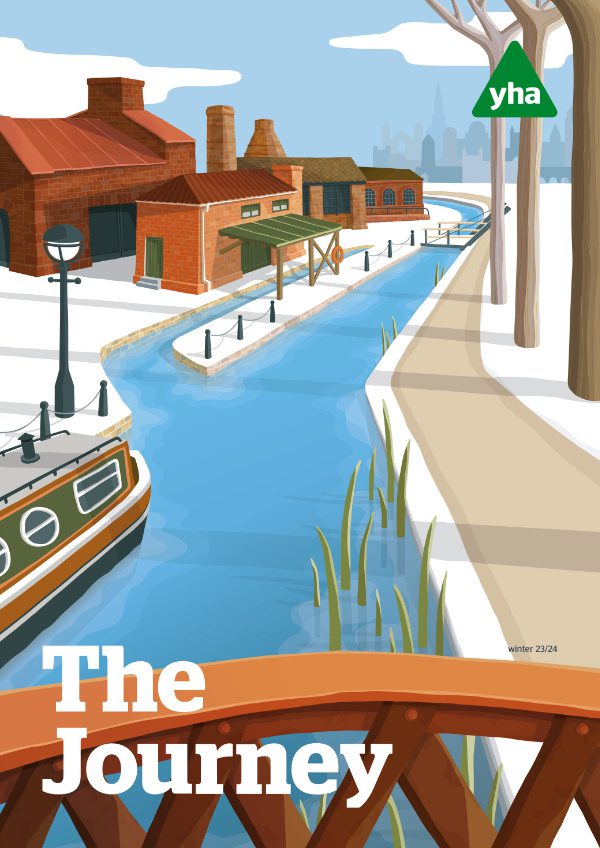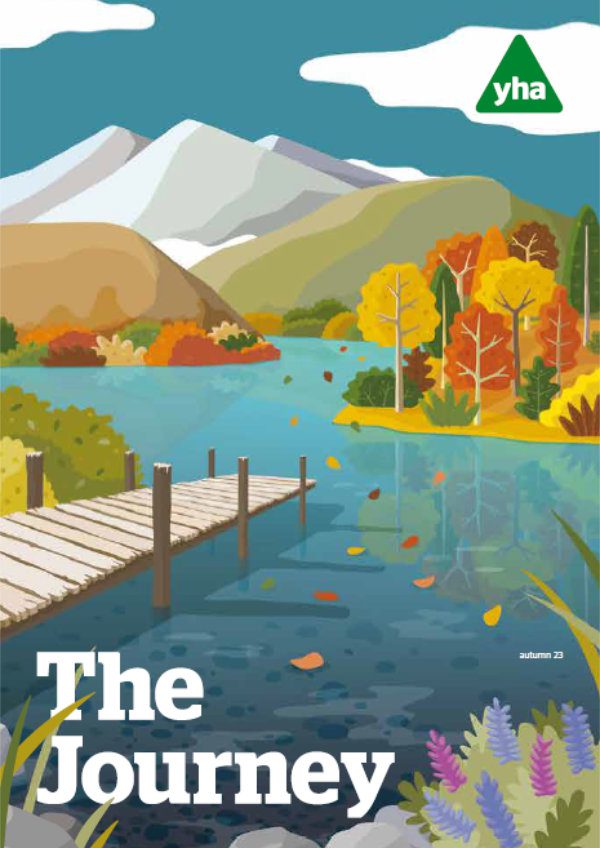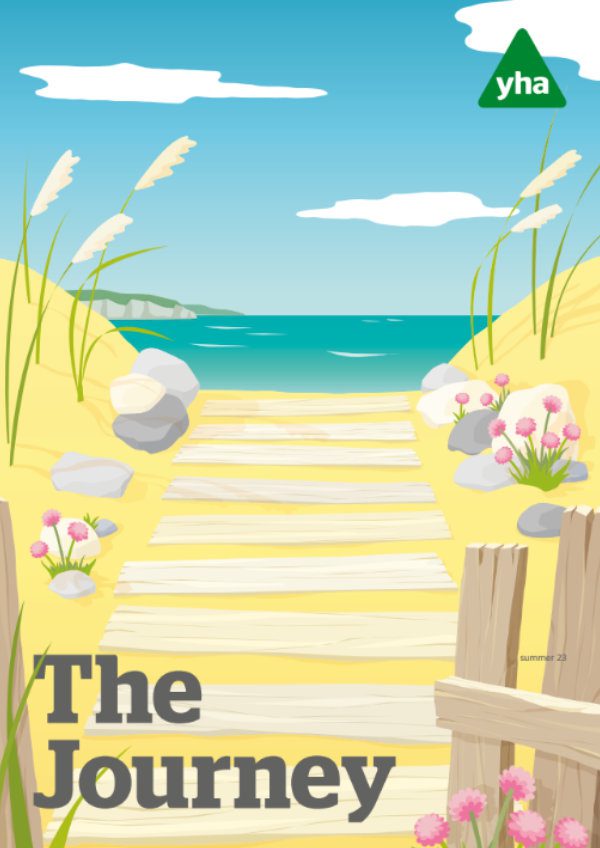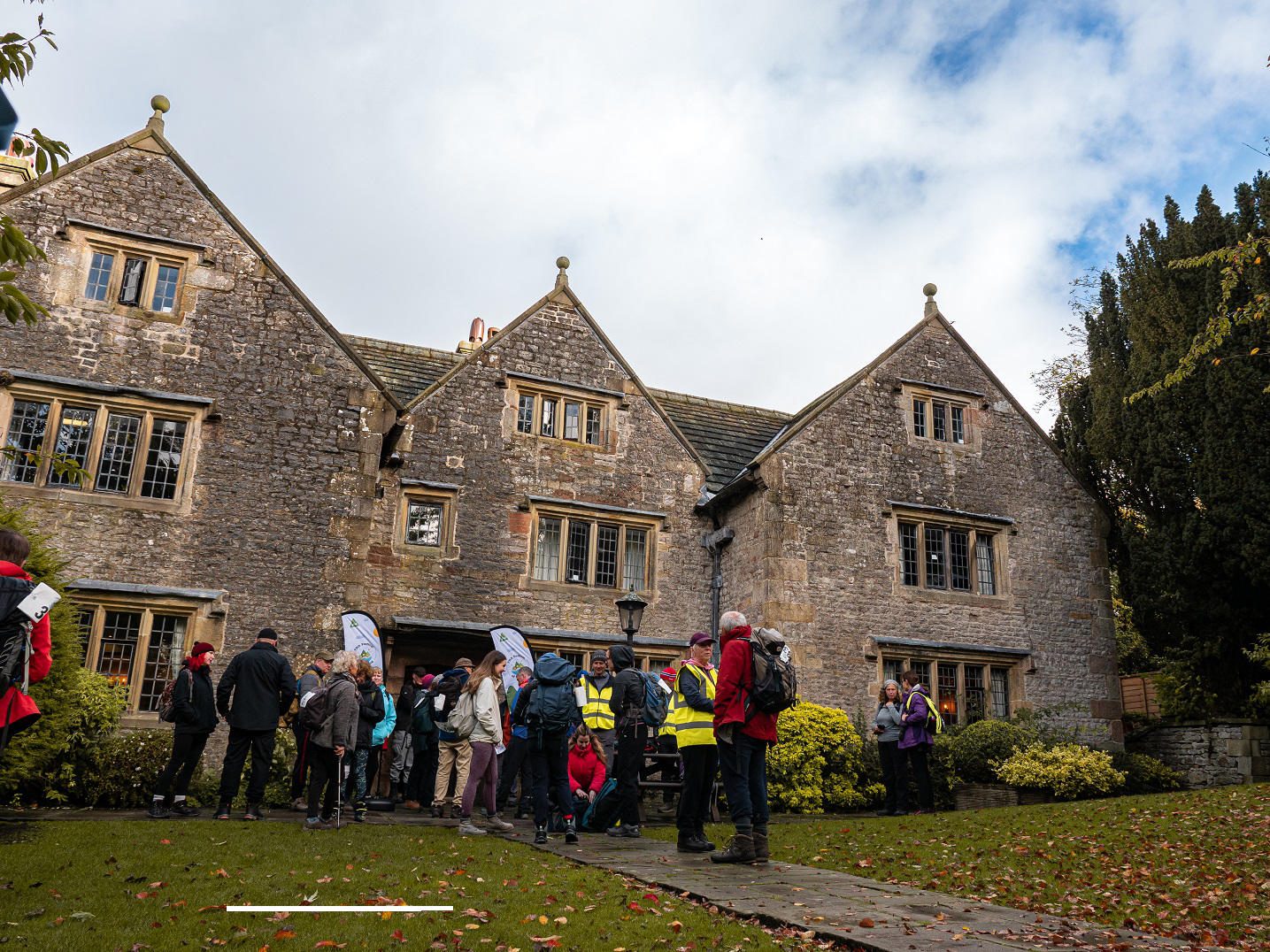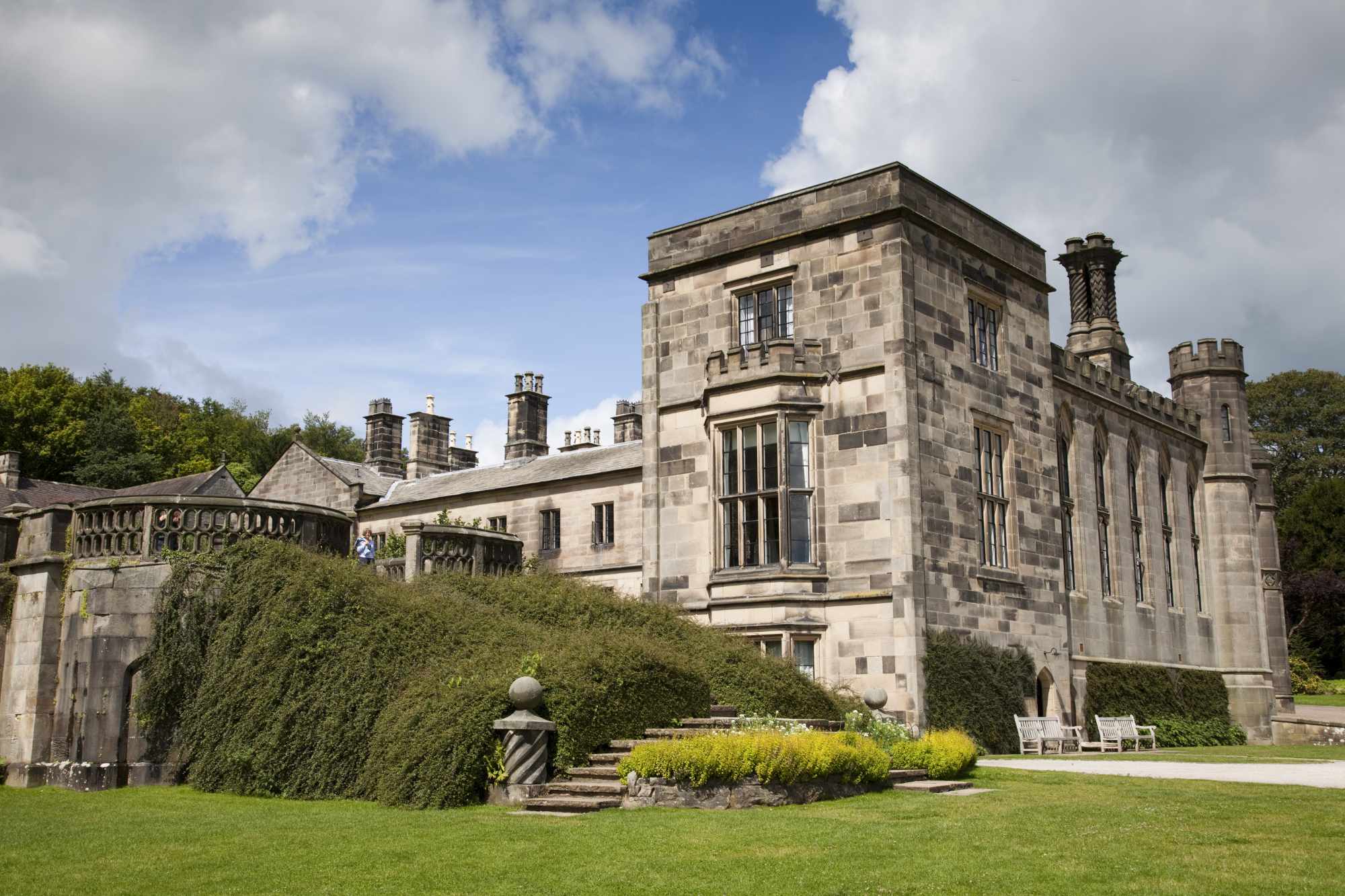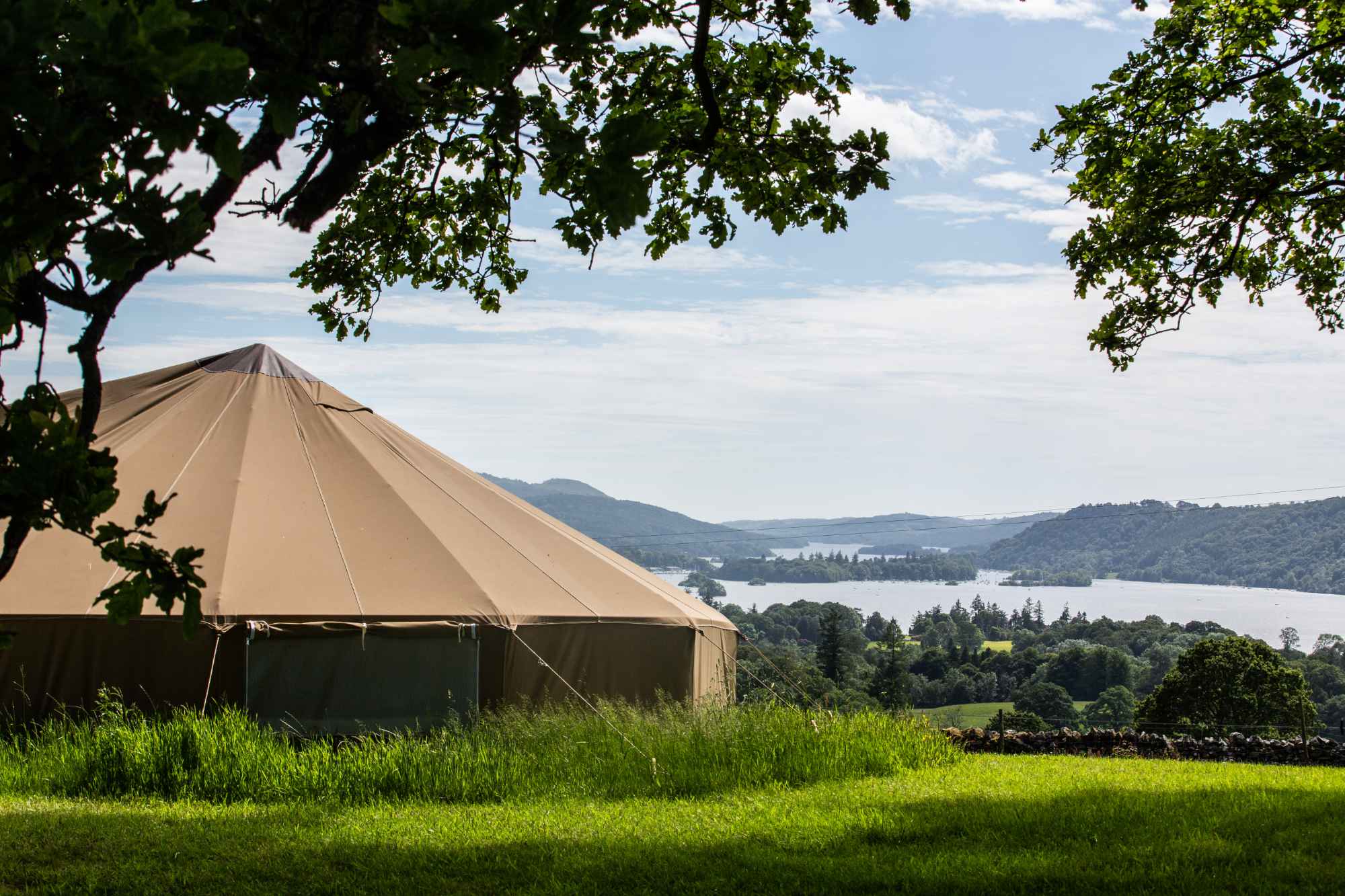A stay at YHA Wye Valley, in the borderlands of England and Wales, lets you follow in the footsteps of early visitors says Ben Lerwill.
A bit of advice about YHA Wye Valley. Don’t book a stay if you want to be within walking distance of a shiny shopping mall. Steer well clear if you enjoy being surrounded by traffic, buildings, and bars. And don’t even consider it if your idea of a good time is feeling the 24-hour thrum of humanity coursing around the four walls of your accommodation. If, however, you like the sound of somewhere set on a bushy green riverbank, reachable down a bumpy singletrack road that worms through the Herefordshire countryside, then it’s your lucky day. Sit back and enjoy the birdsong.
The River Wye itself – a clear, chuckling waterway that rises in the Cambrian Mountains and winds its way down to the Severn Estuary – flows right past the hostel. Here, the whole feel of the valley and the river is one of space and serenity. Cliffs soar, woodlands sprawl, and herons keep vigil in the shallows. There’s precious little about the view that tells you it’s 2021 – in fact, if you listen really carefully, you’ll hear the sound of Georgian-era tourists cooing at the scenery as they cruise downstream.

Caption: Wye Valley
In the late 18th and early 19th centuries, you see, this portion of the Wye Valley was the place to be. Today billed as the birthplace of British tourism, it attracted poets, artists and all manner of other high society types, who flocked here to enjoy the bucolic river views, the market towns, and the historical ruins that still scatter the banks. The so-called Wye Tour, which saw visitors chartering boats to be rowed from Ross-on-Wye to Chepstow – usually over two days, and passing the site of today’s hostel en route – was the most fashionable travel experience of its day. With the Napoleonic Wars raging in Europe, it was a time when continental trips were essentially impossible. So the Wye it was.
The catalyst for the region’s popularity was a London cleric named Reverend William Gilpin, whose book Observations On the River Wye was an account of his visit here in 1770, in which he was conveyed along the route outlined above. The book is now considered to be the first travel guide published in Britain, and within a few decades the upper classes were pouring here from around the country to sample the Wye Tour for themselves. At the height of its popularity, there were around 20 rival guidebooks in print and a whole fleet of boatmen waiting to row moneyed tourists down the river.

Caption: Symonds Yat, credit: Linda Wright
These days you do your own paddling. Of the advantages we have over visitors from 250 years ago – better food, more practical clothing, less reliance on powdered wigs – the most obvious is that travel these days is more democratic and, I imagine, more fun. No one’s going to charge you the earth or check your aristocratic credentials if you want to hire a canoe, as I find out when my partner and I do just that. “We want people to feel like they’re on their own adventure,” says Stuart Wyley, owner of Wye Canoes. “That’s what the river’s all about.”
It takes us four hours to make our watery way from Kerne Bridge to Symonds Yat, with transfers and equipment included in the price. It’s a weekday, so the river is almost ours alone, and we paddle slowly under hills shaggy with woodland as swans drift on the current. When we pass the hostel, it’s half-hidden behind oaks and alders. As a way of unplugging from the rush of modern life, it’s pretty much as fine a way to spend the afternoon as I can think of.
For early tourists, the scenic highlight of the Wye Tour – one of many, it has to be said – was the view from the top of Symonds Yat, the huge limestone outcrop that stares across the valley. The historical highlight, meanwhile, was the crumbling ruin of Tintern Abbey, further downstream.
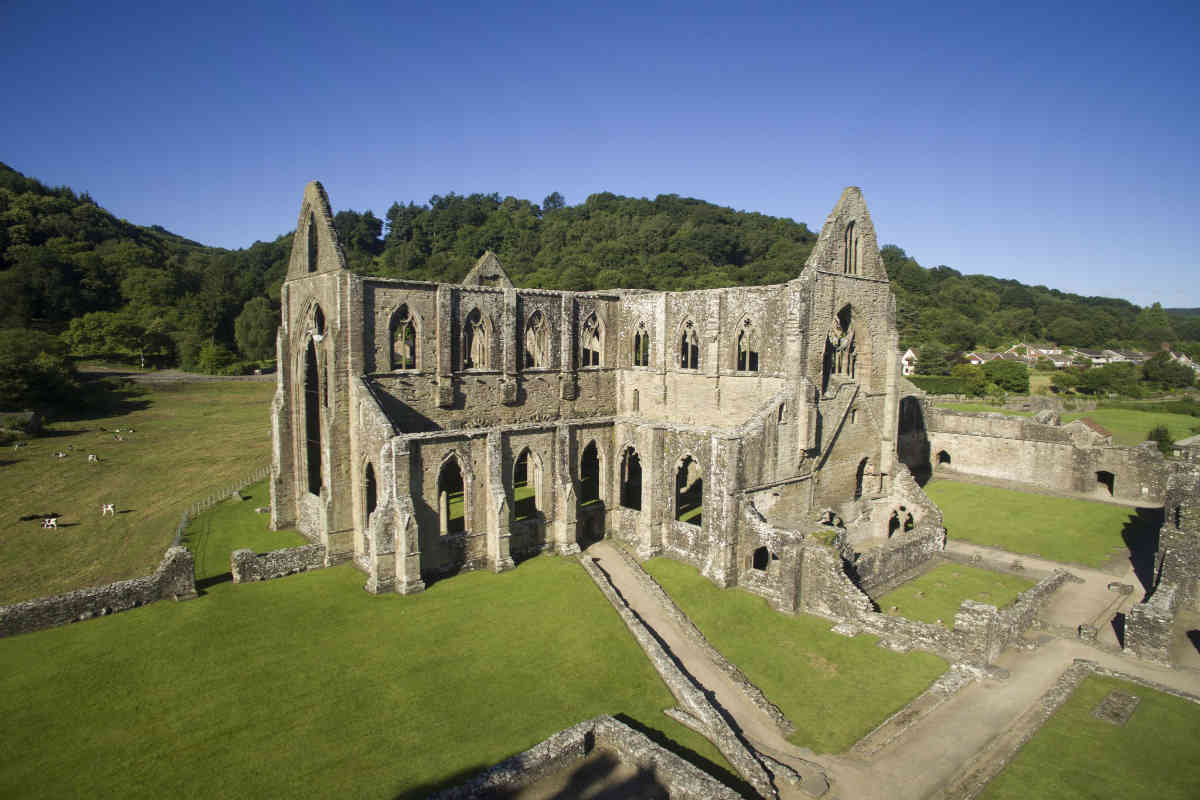
Caption: Tintern Abbey
Both attractions remain more or less unmissable for modern-day visitors. From the summit of Symonds Yat, almost 400ft above a great loop in the river, we gaze across into Wales and ponder the countless others to have stood where we’re standing now. Wordsworth, Nelson, Coleridge and Turner all came here in the valley’s heyday (it’s a telling quirk of the time that the visitors recorded are overwhelmingly male), with Turner also producing some now-celebrated paintings of the Tintern Abbey ruins.
Today, the abbey church is still an atmospheric, skeletal spectacle on the banks of the river. Built back in the late 1200s, then left to disrepair on the whim of Henry VIII, it was once a place of prayer for some 60 Cistercian monks. The remnants of their dormitories, cloisters and infirmaries are still in place too.
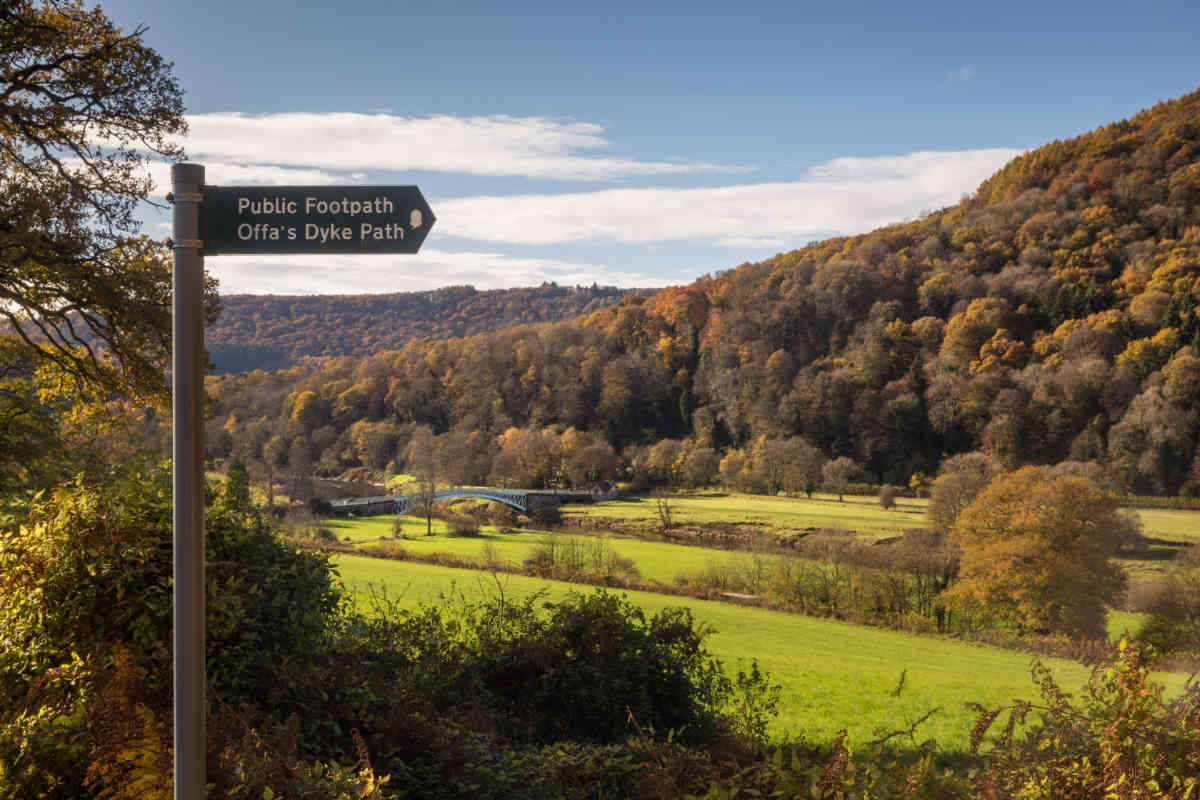
Caption: Offa’s Dyke, credit: Drew Buckley
The abbey is also the setting-off point for a rewarding walk up into the hills, following the Offa’s Dyke Path National Trail. The trail, which marks its 50th anniversary this year, criss-crosses the England-Wales border at regular intervals – much like the river itself – and traces the Wye Valley for more than 15 miles of its length. With another long-distance route, the Wye Valley Walk, also snaking close to the river, it gives countless opportunities for turning a hostel stay into a hiking break.
We walk up to various wooded viewpoints during our stay, all of which serve up deep panoramas and the sense of stumbling across somewhere that moves at a more measured pace to the rest of the UK. Those early tourists down from London no doubt thought the same. But then that’s the Wye Valley for you – if you’re after somewhere fizzing along at 90 miles per hour, you’ll hate the place.
Don’t forget!
Less than 10 miles from YHA Wye Valley is another superb hostel: YHA St Briavels Castle. Set in a Grade I-listed medieval castle – and reputedly one of the most haunted buildings in Britain – it’s perfectly placed for exploring the area.
Next: find out why we love dragonflies.
